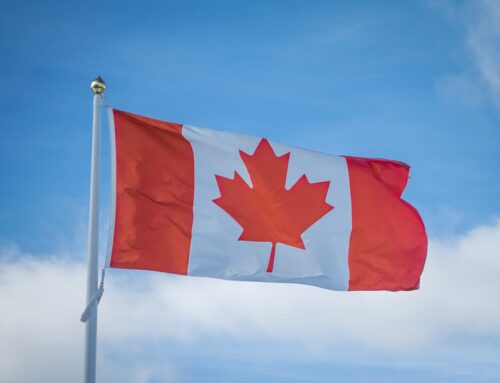Despite the global coronavirus pandemic, Canada has set a target of welcoming over 400,000 new immigrants each year, between 2022-2024.
Canada has one of the world’s most immigrant-friendly policies. The country ranks fourth in the Migrant Integration Policy Index and in the coming years, it is planning to invite a record number of immigrants.
Canada has three main immigration categories: economic class, family class, and refugees. The most popular of these is economic class immigration. These immigrants are eligible for permanent residency based on their work experience, education, and other economic factors.
Family class Immigration is the second largest category. Canadian permanent residents and citizens can sponsor their spouses, common-law partners, children, parents, grandparents and others fall under this category.
Refugees are able to come to Canada if they are referred by the (UNHCR), a designated referral organization, or a private group.
Hundreds of thousands of immigrants come to Canada every year under its economic immigration program. Some people start in Canada as temporary foreign workers or international students, while others may be able to immigrate with some family ties. The following immigration programs are a selection of some of the main pathways that welcome immigrants to Canada.
Express Entry
This is the application management system for the following three immigration programs: the Federal Skilled Worker Program (FSWP) the Canadian Experience Class (CEC), and the Federal Skill Tradesperson (FSTP).
The Federal Skilled Worker Program is a common pathway for candidates who have not worked or studied in Canada before. To be eligible for the FSWP, you need:
- at least one year of eligible work experience;
- a minimum Canadian Language Benchmark (CLB) of 7 on your English or French language test;
- at least one educational credential;
- to demonstrate proof of funds (if you do not have a valid Canadian job offer); and
- to get at least 67 out of 100 points on the FSWP scoring grid.
The Canadian Experience Class was developed for people who have Canadian work experience. To be eligible for the CEC, you need:
- at least one year of eligible work in Canada within the past three years; and
- a CLB 7 or higher for jobs that fall under National Occupational Classification (NOC) A category, or a CLB 5 for jobs that fall under the NOC B category.
The Federal Skilled Trades Program is a dedicated pathway for skilled trades workers to become Canadian permanent residents. To be eligible for the FSTP, you need:
- at least two years of skilled trades work experience within the five years before applying;
- a minimum CLB of 5 for speaking and listening and 4 for reading and writing in English or French; and
- to demonstrate proof of funds (if you do not have a valid Canadian job offer).
In order to get your profile in the Express Entry system, you need to be eligible for one of these programs. It is possible to be eligible for more than one at the same time.
Express Entry uses the Comprehensive Rankings System (CRS) to rank candidates’ profiles. The top-scoring candidates receive an Invitation to Apply (ITA) for Canadian permanent residence through Express Entry draws, which happen about every two weeks.
Once you receive an ITA, you can officially apply for Canadian immigration. You have 60 days from when you receive the ITA to send in your application. After that, IRCC aims to process 80% of applications within six months.
Provincial Nominee Program (PNP)
Most Canadian provinces and territories manage their own Provincial Nominee Programs (PNPs), except for Quebec which has its own immigration system and Nunavut. PNPs offer pathways to immigration that set candidates up for economic success in their respective regions.
Some PNPs are managed by the Express Entry system. Eligible Express Entry candidates may be invited to apply for a provincial nomination. If you get the nomination, it’s an automatic 600 points added to your score, and it practically guarantees that you will receive an ITA in a subsequent Express Entry draw.
There are also PNPs that are managed by the province’s own application management system and do not use the Express Entry system. The province will evaluate your application based on the criteria of the PNP stream. If you are eligible, you will get a letter of nomination and be able to apply to IRCC for permanent residence.
Higher Education and Work Experience in Canada
Studying or working within Canada can help open more doors to more Canadian immigration programs.
If you want to study in Canada, you need a study permit. You can apply for one once you get a letter of acceptance from a Canadian institution. Study permits allow you to go to school in Canada. They also allow you to work part time during the school year and full time during scheduled academic breaks.
To qualify for certain immigration programs you need a Canadian education from a Designated Learning Institute (DLI). Many of the programs offered at these DLIs will qualify you for a Post-Graduation Work Permit (PGWP), which will allow you to work in Canada for up to three years.
Those looking to start a business in Canada or be self-employed may be able to get a significant benefit work permit, which is managed under the IMP category. If you are an entrepreneur or self-employed person, you need to show the Canadian government your activities in Canada will result in an economic, social, or cultural benefit.
For all your immigration needs contact Aventure Law.
Aventure Law is made up of Licensed Canadian Lawyers with over 20 years of experience and expertise in Immigration Law.






